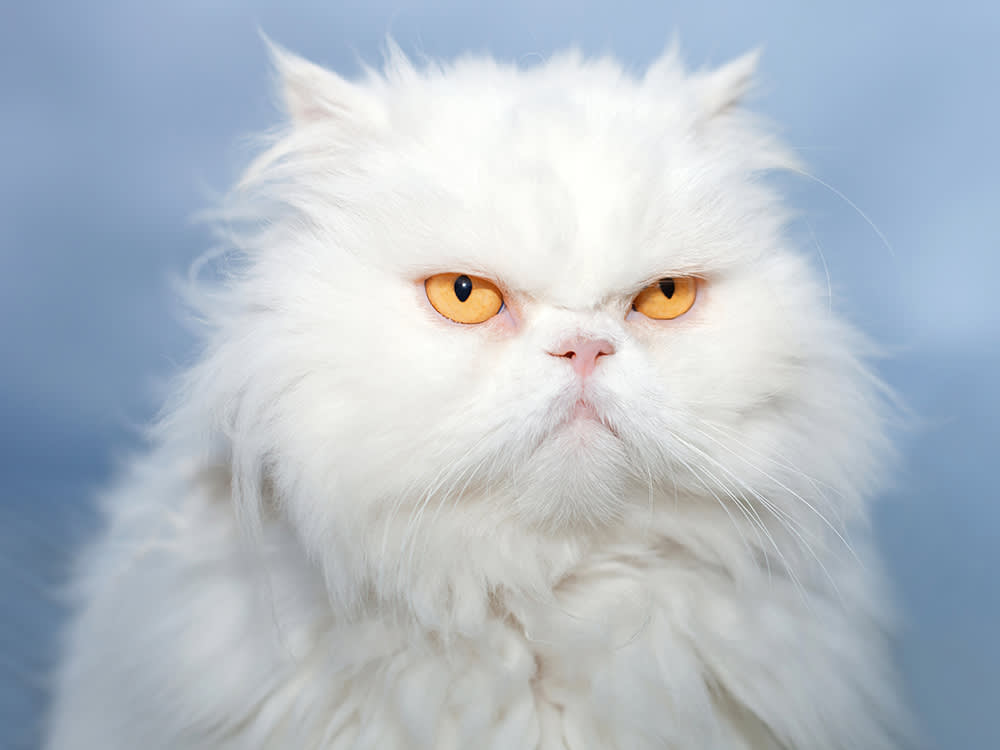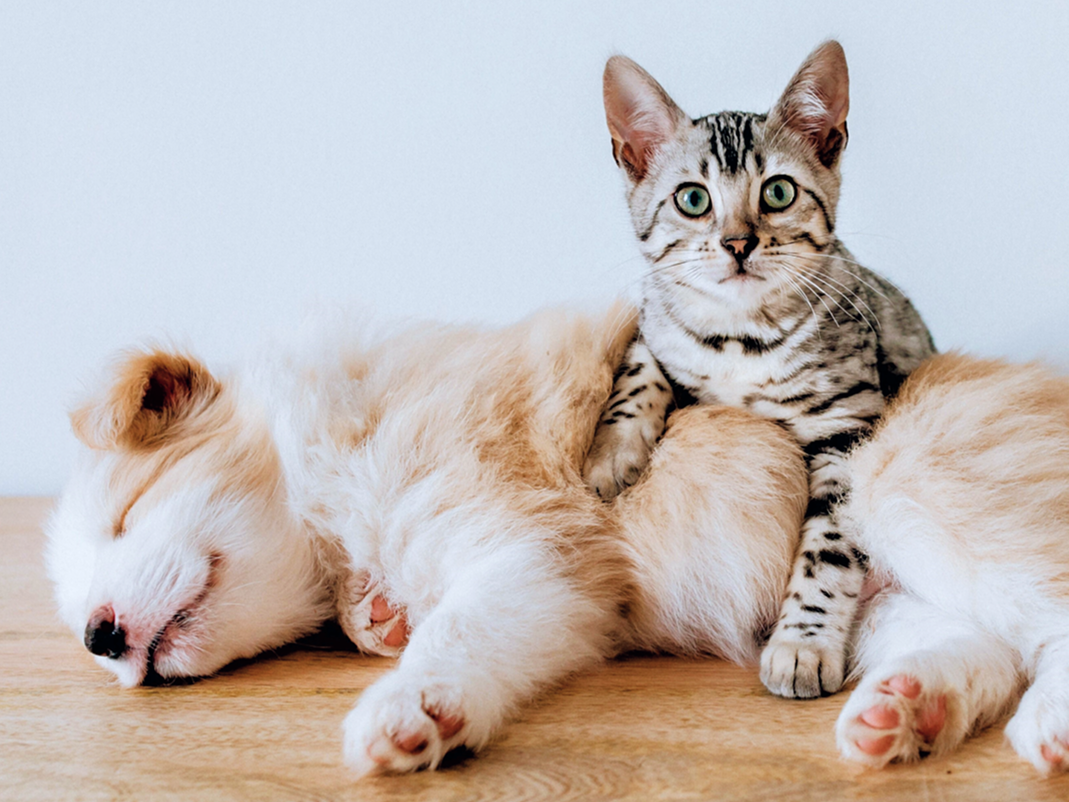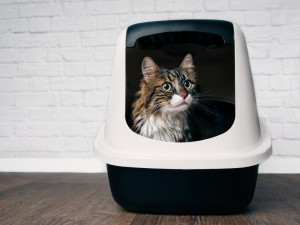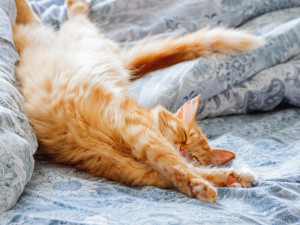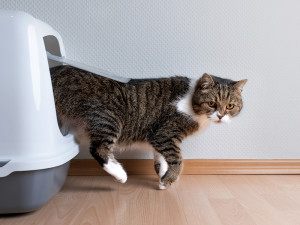UTIs Suck for Your Cat, Too
Here’s how to help them get relief.
If you’re a cat parent, then you might know the feeling of a UTI firsthand: the burning, the straining, the attempting to pee to no avail. (And if you haven’t had one yourself, chances are you’ve heard someone somewhere complain about it.) So, if your cat gets a urinary tract infection, you can probably feel their pain — but you may not know how to spot the signs in the first place.
Now’s a good time to learn: UTIs are one of the most commonly treated problems at a vet clinic. As both a vet and a cat mom, I can assure you that you’ll likely be dealing with this one day, and much like cats themselves, UTI cases in cats can be complicated. The urinary tract is a complex and sensitive system, composed of various regions that can lead to the overproduction of bacteria in the urine.
Check out customizable policies from our friends at Lemonade Pet Insurance—so you only pay for what you need.
In cats, there’s often more than one cause, and each perpetrator needs to be dealt with in order for the infection to resolve. Below, I’ll break down why cats get UTIs, how to identify one, and how you can help your kitty get some sweet relief.
Causes of UTIs in Cats
Kidney disease
For normal urine production, cats first need functional kidneys. Kidneys are sensitive organs and can be damaged by high blood pressure, low oxygen, toxins, and chronic aging changes. If the kidneys aren’t functioning to their full potential, the concentration of the urine decreases — and bacteria have a field day, because they can thrive in dilute urine much more easily than in concentrated urine.
How much do you spend on your pet per year?
Stress
Moving along the urinary tract, we have the urinary bladder, which can also be the culprit for the urinary tract infection. The urinary bladder is basically a balloon, but a sensitive one. When cats become stressed, their urinary bladder can become inflamed and thickened, causing a condition called feline lower urinary tract disorder (FLUTD).
Diet
Diet is another potential cause of a UTI. Certain diets can cause the urine to become too alkaline, again allowing bacteria to flourish because the acid levels in the urine are so low. Moving down, we have the urethra. The urethra can be a route for bacteria to travel up to the bladder — yet another cause of a UTI. Cat can’t catch a break.
Cat UTI Symptoms
The symptoms are not unlike your own: frequent urination, straining to pee, and blood in urine. If your cat is peeing in places other than the litter box, staying in the litter box for much longer than usual, frequently peeing only tiny amounts (or worse, keeps trying to pee and can’t), these are all classic signs of a cat UTI. Your cat may also cry out when peeing, and/or you may notice blood in their pee. Even without those advanced symptoms, a UTI should not be ignored. The sooner you take your cat to the vet, the sooner treatment can be started.
How to Treat Cat UTIs
In general, treatment is aimed at clearing the infection and also focused on any other parts of the urinary tract that may be causing the bacteria to overproduce. For example, if there are urinary stones, a diet change may be recommended to dissolve the stones, or surgery may be the best option for your cat to remove the stones more quickly. If your cat has FLUTD, environmental changes to reduce stress can help.
There are also several calming diets and products that promote a healthy urinary tract that may be recommended by your vet. Your vet may want to test kidney function, check x-rays for stones, and check the urine for infection. Remember, the infection could involve the entire urinary tract, so just checking the urine for infection is only one step.
Our final word on feline UTIs is this: It’s complicated. After all, we’re dealing with a whole system in the body, not a single organ. There could be many causes of a UTI, but most treatments are effective and will quickly help your cat feel much better. Hopefully you’ll be one of the lucky ones, and your cat will never have a malfunctioning urinary tract — but if you happen to find yourself in that situation, you’ll be able to come to their rescue.
